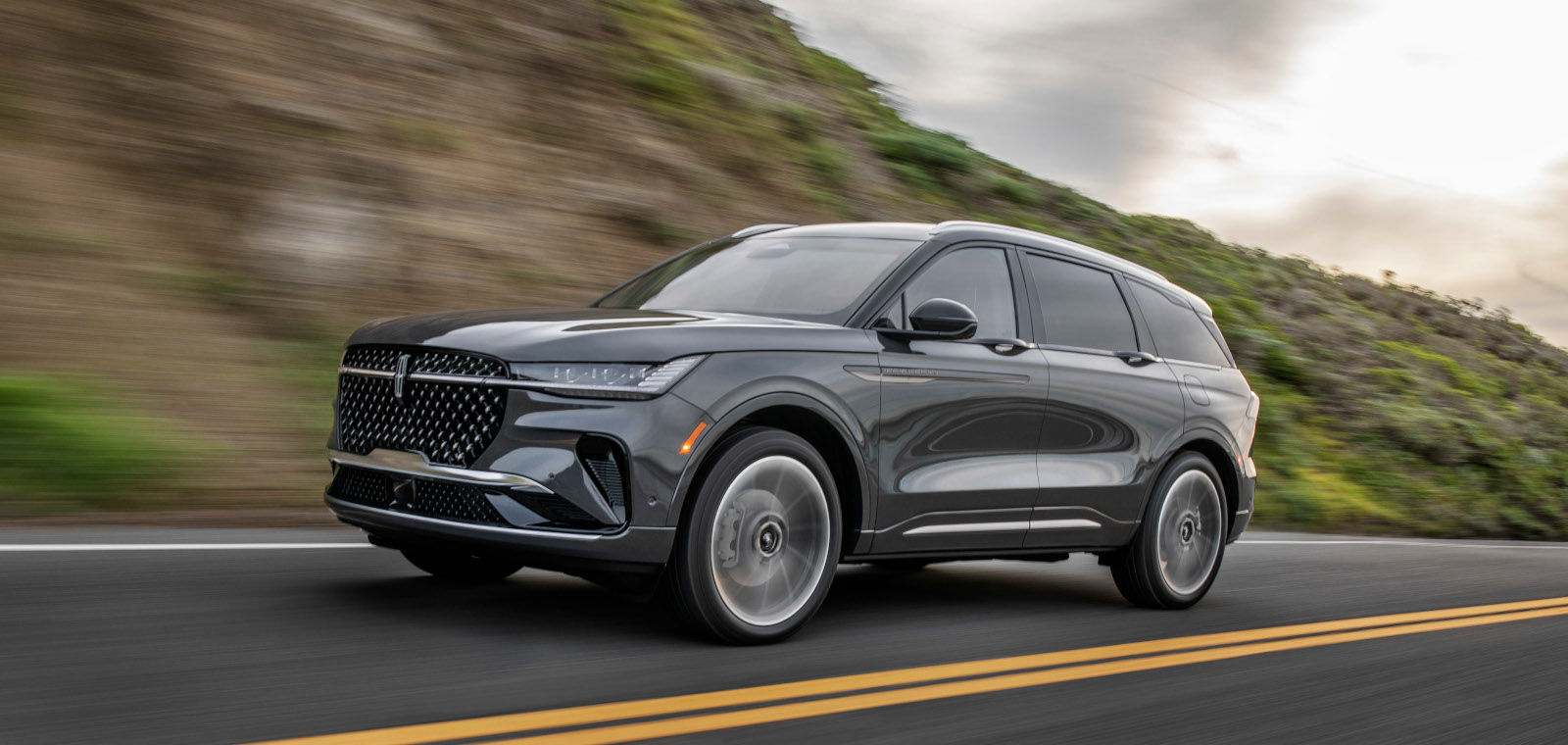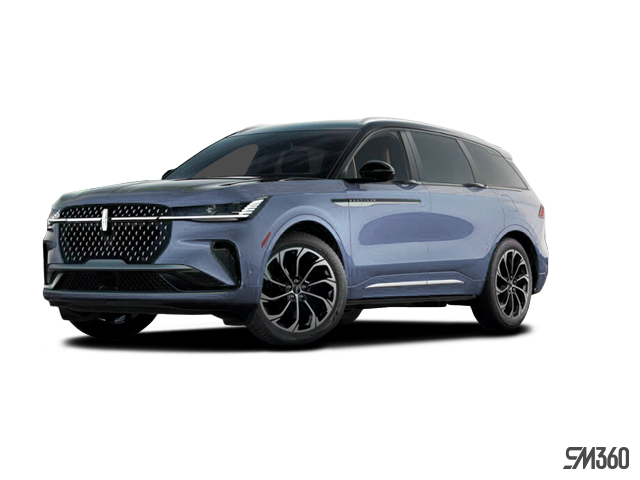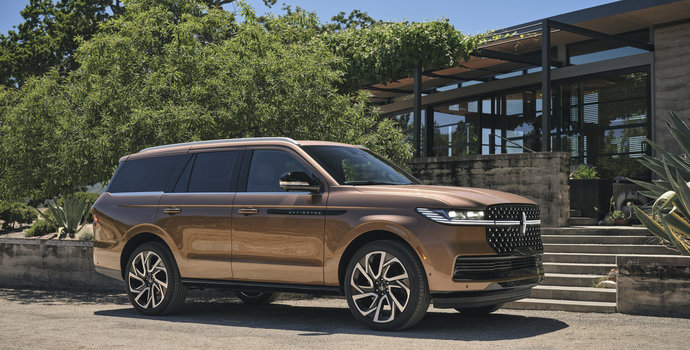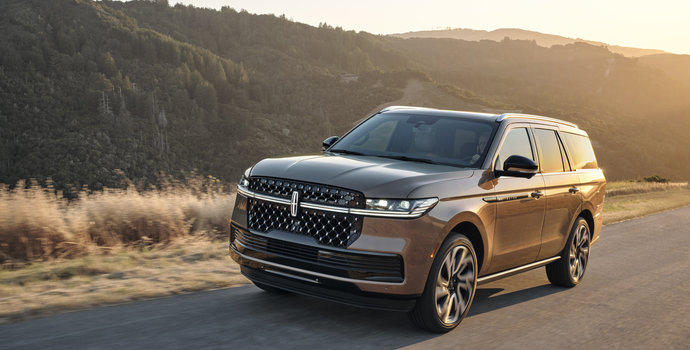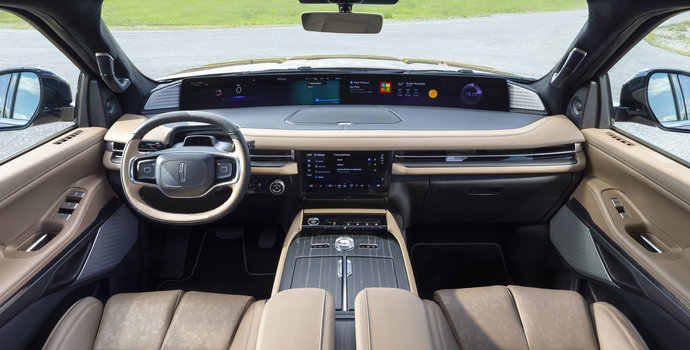The 2025 Lincoln Nautilus is not only a showcase of modern luxury and design—it’s also a leader in intelligent driver assistance systems. Whether you're commuting through traffic, cruising on the highway, or navigating winding country roads, the Nautilus is equipped with a comprehensive suite of technologies designed to support, guide, and protect you behind the wheel. From advanced adaptive cruise systems to hands-free highway driving, here’s a full breakdown of the key driver assistance and active safety technologies available in the 2025 Lincoln Nautilus.
Explore Lincoln Lineup
Step into the future with our versatile and powerful SUVs at Bayfield Lincoln, where cutting-edge technology and luxury come together for an exceptional driving experience.
Shop Now
Lincoln Co-Pilot360® 2.2 Vision: A Cohesive Safety Platform
At the core of the Nautilus’s driver assistance suite is Lincoln Co-Pilot360® 2.2 Vision, an integrated collection of safety and driver support features that work together using radar, cameras, and onboard sensors. This system continuously monitors your surroundings and driving behavior, stepping in to assist when needed. From lane keeping to collision mitigation, Co-Pilot360 2.2 Vision is engineered to provide added confidence without removing the driver from the equation.
Adaptive Cruise Control with Stop-and-Go and Lane Centering
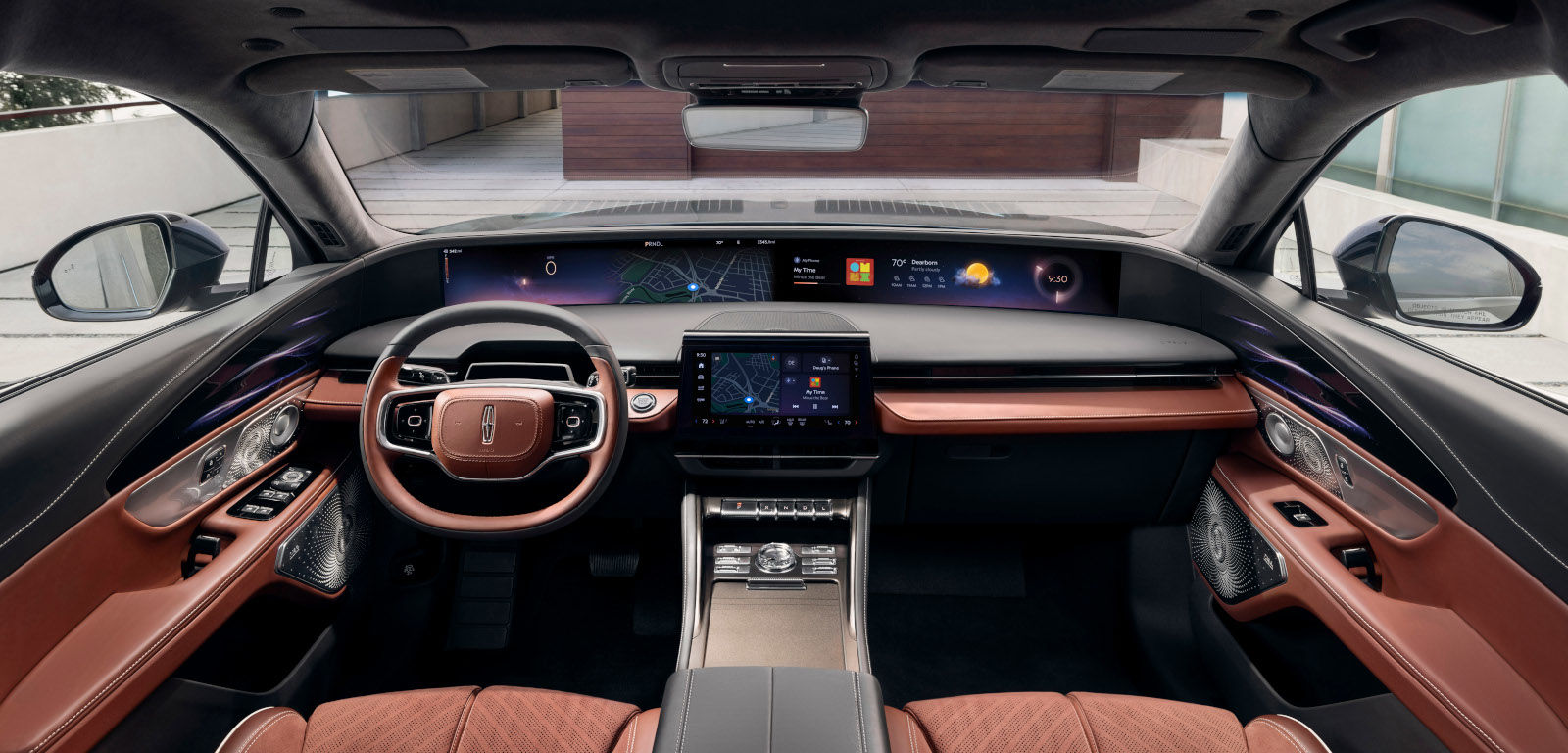
Long drives and stop-and-go traffic are made significantly easier with Adaptive Cruise Control, which maintains a preset distance from the vehicle ahead by automatically adjusting the Nautilus’s speed. This feature includes several sub-functions:
- Stop-and-Go: Ideal for traffic jams, this allows the Nautilus to come to a full stop and resume movement without driver input when traffic starts moving again.
- Lane Centering Assist: When activated, the system gently adjusts the steering to keep the Nautilus centred within its lane, reducing driver fatigue during long trips.
- Predictive Speed Assist: Using GPS data and road curvature analysis, the vehicle will slow down when approaching select curves, enhancing control and comfort without driver intervention.
Together, these features help maintain a smooth and confident driving experience by minimizing the need for constant braking, accelerating, or steering corrections in well-marked traffic environments.
Lane-Keeping System
Unintentional lane drift is a common cause of accidents, and the Lane-Keeping System helps prevent it. A forward-facing camera mounted behind the rearview mirror constantly monitors lane markings. If it detects the Nautilus veering too close to the edge of the lane without a turn signal, the system can deliver visual and haptic alerts—or apply gentle steering corrections to guide the vehicle back into its lane. This helps reduce the chances of side-swipe collisions and road departure incidents.
Pre-Collision Assist with Automatic Emergency Braking
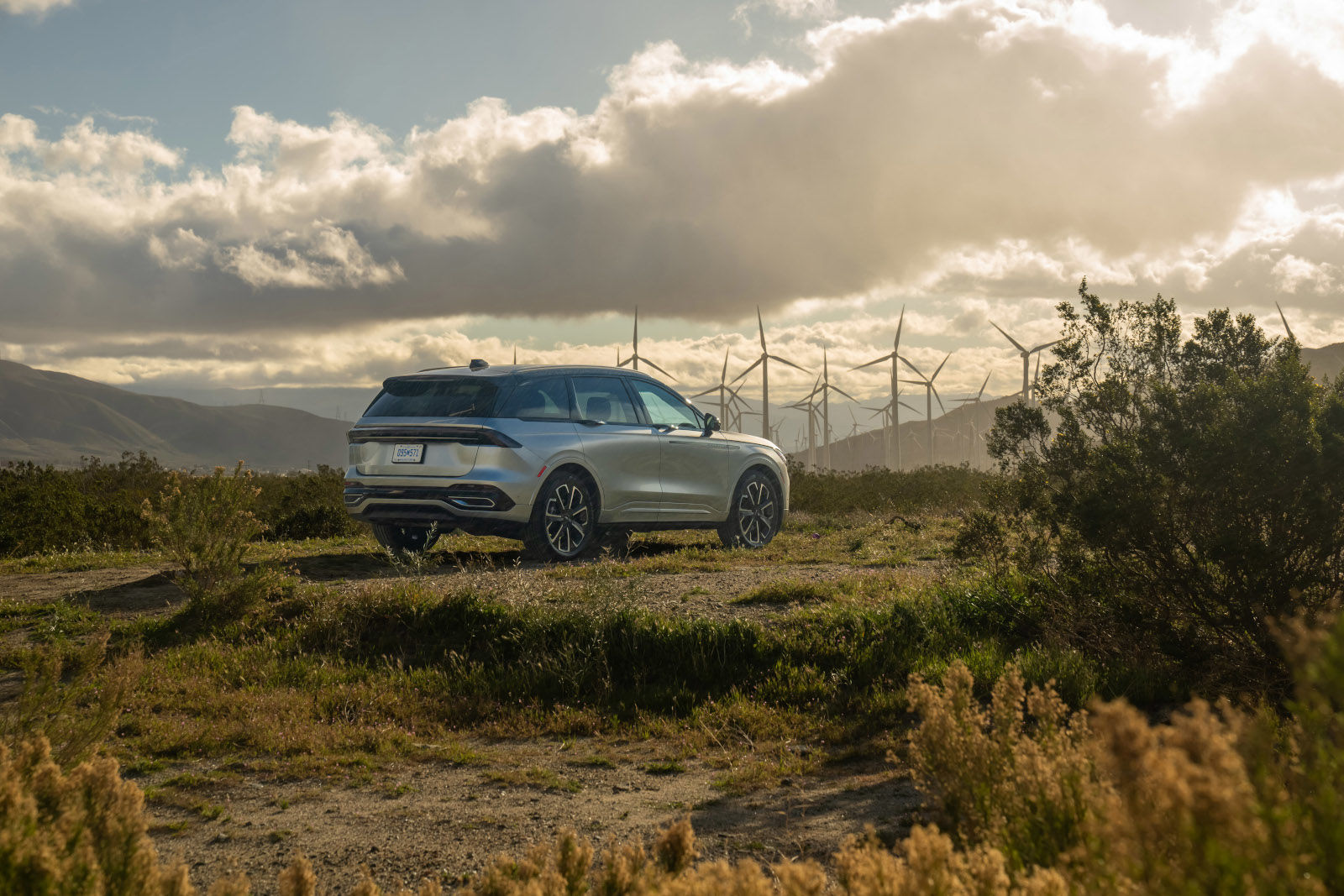
Pre-Collision Assist is designed to help detect and mitigate the risk of frontal collisions. Using radar and a front-facing camera, the system scans the road for vehicles, cyclists, or pedestrians. If a potential impact is detected and the driver doesn’t respond in time, the system can automatically apply the brakes to reduce speed or avoid the collision altogether. This feature operates at both city and highway speeds, offering an important layer of protection during everyday driving.
Lincoln BlueCruise: Hands-Free Driving on Approved Highways
One of the most advanced technologies available in the 2025 Lincoln Nautilus is Lincoln BlueCruise—a semi-autonomous hands-free driving system designed for use on more than 200,000 km of pre-mapped, divided highways across North America, known as “Hands-Free Blue Zones.”
How It Works
Lincoln BlueCruise enables the Nautilus to maintain lane position, adjust speed, and navigate highway traffic without the driver’s hands on the wheel. It functions as an extension of Intelligent Adaptive Cruise Control, but with the added benefit of steering assistance on select highways.
An infrared driver-facing camera monitors eye movement and head position to ensure the driver remains attentive. If the system detects that the driver isn’t watching the road, it will issue visual alerts and, if necessary, request that the driver retake control.
Visual Confirmation in the Instrument Cluster
When the system is engaged and the conditions are met, the digital display in the cluster will show a “Hands-Free” graphic with a steering wheel icon, indicating that the driver can remove their hands from the wheel. If conditions change—for example, if the vehicle exits a Blue Zone or the driver needs to retake control—a prompt will appear instructing the driver to place their hands back on the steering wheel.
A Unified Focus on Driver Awareness and Safety
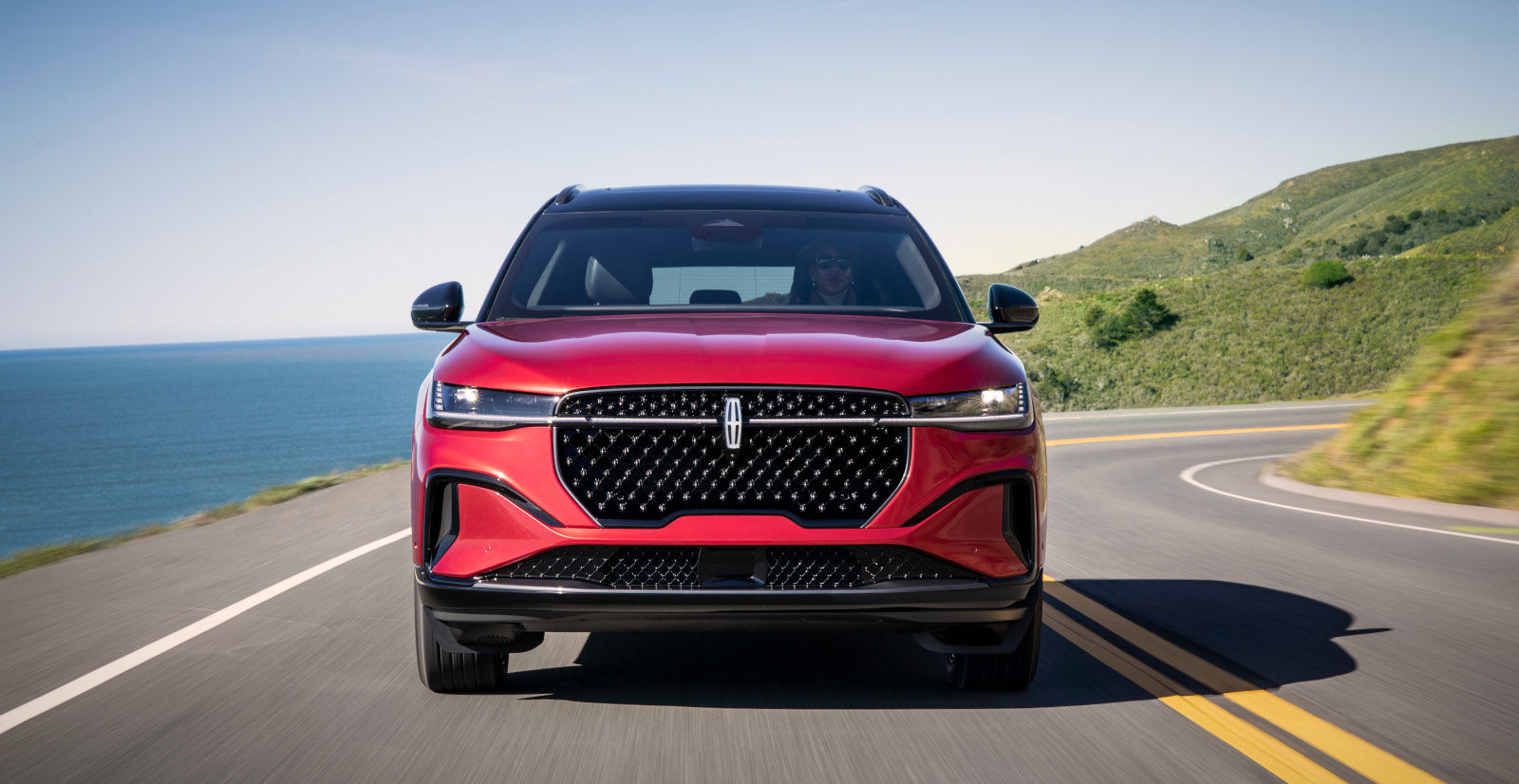
What sets the Nautilus apart in the luxury midsize SUV segment is how all these features work cohesively rather than independently. The radar and camera systems aren’t just used for one function; they communicate across systems to create a more intelligent and responsive vehicle. For example, the same sensors used for Pre-Collision Assist also inform Adaptive Cruise Control decisions, creating a seamless safety experience.
From everyday lane changes to long highway trips, the Nautilus is always working in the background to support your decisions. Importantly, these technologies are not designed to replace the driver but to reduce fatigue, prevent errors, and enhance response times when seconds count.
Conclusion
The 2025 Lincoln Nautilus merges comfort with confidence thanks to a deep integration of intelligent driver assistance systems. Whether you're navigating urban traffic or enjoying a weekend highway drive, these advanced features help reduce the mental strain of driving while enhancing safety for you and your passengers. With tools like Lincoln Co-Pilot360 2.2 Vision, Adaptive Cruise Control with Predictive Speed Assist, Lane-Keeping System, Pre-Collision Assist, and the game-changing Lincoln BlueCruise, the Nautilus redefines what it means to be supported behind the wheel of a luxury vehicle.
You might also be interested in these blogs: 10 Technologies 2025 Lincoln Nautilus Owners Will Love, 2024 Lincoln Nautilus and 2025 Lincoln Aviator: A Look at Lincoln's Latest Luxury SUVs, Comparing the 2025 Lincoln Nautilus Hybrid and 2025 Lincoln Corsair Grand Touring PHEV: Key Differences and Highlights


